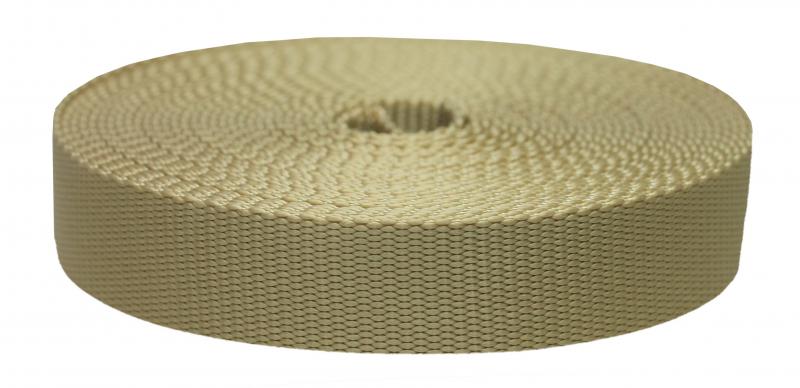Introduction
In the world of textiles, webbing fabric is a versatile and widely used material that plays a crucial role in numerous industries. Its unique construction and properties make it indispensable for a wide range of applications. From outdoor gear and automotive components to fashion accessories and safety equipment, webbing fabric has proved its worth as a reliable and durable material. In this blog, we will explore the intricacies of webbing fabric, its composition, manufacturing process, and various applications.
Understanding Webbing
Webbing fabric is a strong and flexible material made from various fibers, such as nylon, polyester, polypropylene, or a blend of these materials. Its construction involves weaving these fibers together, creating a dense and flat structure with high tensile strength. The weaving process imparts unique characteristics to the fabric, making it resistant to abrasion, UV rays, and chemical exposure. Additionally, webbing fabric has excellent dimensional stability, meaning it retains its shape and size even under heavy loads or adverse environmental conditions.
Manufacturing Process
The manufacturing process of webbing fabric involves several steps, starting from the selection of raw materials. High-quality fibers are chosen to ensure the fabric's strength and longevity. The chosen fibers are then woven using specialized looms to create a continuous web-like pattern. During the weaving process, various techniques like herringbone, plain, or twill weaves are employed, each imparting distinct textures and properties to the fabric.
Once the fabric is woven, it undergoes finishing processes to enhance its performance. These processes may include dyeing to add color, flame retardant treatments, or water repellency treatments, depending on the intended application of the fabric.
Applications of Webbing
-
Outdoor Gear: Webbing fabric is widely used in outdoor gear such as backpacks, tents, and hammocks due to its strength, durability, and resistance to harsh weather conditions. It provides reliable support and load-bearing capabilities for outdoor enthusiasts and adventurers.
-
Automotive Industry: In the automotive sector, webbing fabric finds application in seat belts, safety harnesses, and cargo restraints. Its high tensile strength and ability to absorb impact make it an essential safety component in vehicles.
-
Fashion and Accessories: Webbing fabric has also made its way into the fashion industry, where it is used in belts, straps, and bag handles. Its versatility allows designers to create stylish and functional accessories.
-
Military and Defense: The military and defense sectors extensively use webbing fabric in various equipment, including tactical gear, rucksacks, and load-bearing vests. Its robustness and reliability ensure optimal performance in challenging environments.
-
Medical and Safety Equipment: Webbing fabric is used in medical braces, harnesses, and other safety equipment due to its hypoallergenic properties and ease of sterilization.
Conclusion
Webbing is a remarkable textile marvel that has become an integral part of our daily lives, often unnoticed. Its strong, durable, and versatile properties make it suitable for a wide array of applications across different industries. From outdoor adventures to critical safety equipment, webbing fabric ensures that we can rely on its strength and stability in various situations.
As technology advances and new materials emerge, webbing fabric continues to stand the test of time, proving itself as a trusted textile for diverse applications. Its enduring presence highlights the importance of constant innovation and adaptation in the world of textiles, ensuring that we have reliable materials to support and enhance our daily activities.
